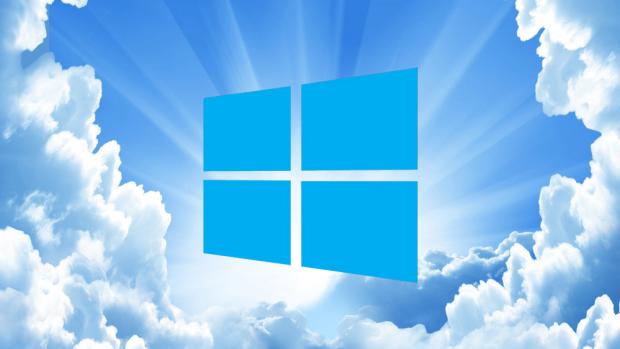Getting Windows onto your new SSD
Whether you want to start afresh or migrate from an existing disk, here’s how to make the move

If your PC needs a bit of a revamp, whether you've run out of space, are experiencing storage errors or just want to start afresh, installing a new SSD on your machine can give it a new lease of life, speeding it up and offering a blank canvas on which to start downloading again.
Before you start installing a new SSD, you'll need to make sure you have your original Windows product key to hand so you can implement a fresh install of the OS on the new hard drive. If you've mislaid it, no fear! You can obtain all of your product keys using a third party extractor such as NirSoft to view all of the product keys stored in your PC's registry. Even better news for Windows 10 users - you may not even need it, depending on how you originally installed the platform, making the job a whole lot easier.
Whichever version of Windows you're running, it's easy to download the ISO installation files for your computer from the Microsoft website. You'll find Windows 7 here, Windows 8 here and Windows 10 here. You will need to transfer them to physical external media though, such as a DVD, USB drive or another computer so you can install externally when the new SSD is in place.
Upgrading to Windows 10
Microsoft's free Windows 10 upgrade offer has now closed; the official way to get Windows 10 is now to visit Microsoft's online store and buy an upgrade. The Home edition costs 120, while the Professional edition costs 220.
If those prices seem too steep, you do have a few other options. People who use assistive technologies (such as screen readers or magnifiers) can still perform a free Windows 10 upgrade from the Microsoft website. The process is painless, as the installer doesn't check that you're actually using assistive software -- it's taken on trust.
It's also been reported that the latest build of Windows 10 - the "Creators Update" - will install and activate using product keys from older versions of Windows. There's no official word on how legitimate this is, but we see no harm in giving it a try.
A final option is to sign up to the free Windows Insider programme. This lets you try out all the latest Windows 10 updates before they're rolled out to the wider world. Be warned, though, it's intended for testing and feedback; the builds you get may sometimes be buggy and unstable. Sign up at insider.windows.com.
Sign up today and you will receive a free copy of our Future Focus 2025 report - the leading guidance on AI, cybersecurity and other IT challenges as per 700+ senior executives
Migrate your whole system
The simplest way to get Windows onto your new SSD is to clone the contents of your old hard disk across, wholesale. Many drives come with software to help you do just this, although these tools don't always let you choose what to move and what to leave behind. If your new SSD is smaller than your old hard disk, you might need to shunt some files off onto a different drive before performing the migration.
Once you've cloned your system, don't forget to change your boot drive in the BIOS - otherwise Windows will continue starting up from the old disk, while your new SSD sits there unused.
This article originally appeared in PC Pro issue 275

Clare is the founder of Blue Cactus Digital, a digital marketing company that helps ethical and sustainability-focused businesses grow their customer base.
Prior to becoming a marketer, Clare was a journalist, working at a range of mobile device-focused outlets including Know Your Mobile before moving into freelance life.
As a freelance writer, she drew on her expertise in mobility to write features and guides for ITPro, as well as regularly writing news stories on a wide range of topics.

